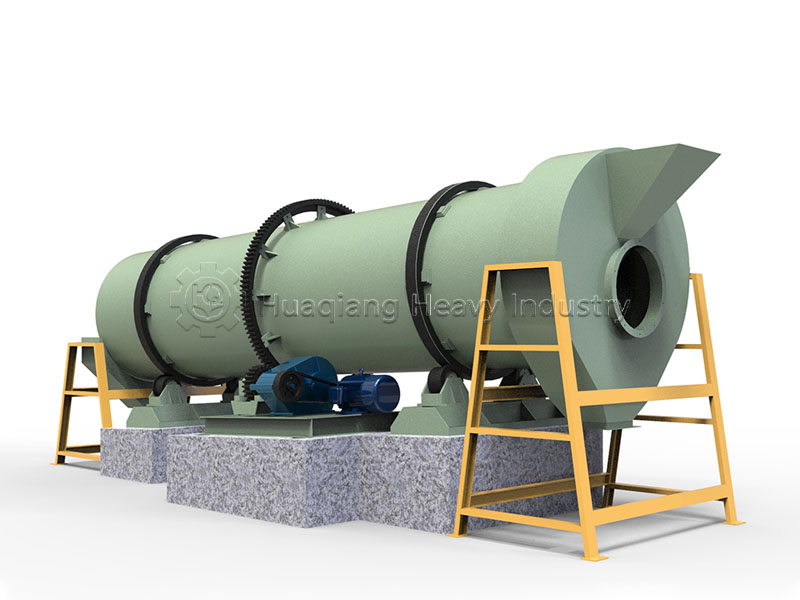How do fertilizer coating machines solve the problem of pellet clumping?
Fertilizer pellets are prone to clumping during storage and transportation. Through scientific design, coating machines address this issue at its root, focusing on the following key aspects.
First, uniform film coating and protection. The coating machine uses vibrating feeders, combined with guide plates, to evenly distribute pellets. Even pellets of varying sizes are diverted by the guide plates, ensuring that every pellet contacts the film. The symmetrical film guide mechanism wraps the pellets from all sides, creating a complete seal that blocks moisture from reaching the pellets and prevents moisture absorption and clumping. Furthermore, the film tension is precisely controlled, with an error within ±2N. This prevents over-tightening of the pellets, keeping them loose and facilitating even spreading during subsequent fertilization.

Second, precise temperature control is crucial. During the heat-sealing stage, the coating machine uses an intelligent thermostat to maintain a stable temperature of 100-150°C and monitors temperature fluctuations in real time, with fluctuations within ±5°C. This ensures that the film adheres tightly to the pellets, forming a strong protective layer. It also prevents high temperatures from damaging anti-caking components in the fertilizer (such as the coating agents in some slow-release fertilizers), preserving the pellets’ inherent anti-caking properties. The hot air circulation design also ensures a uniform temperature throughout the packaging, preventing uneven shrinkage of the film and damaging the protective layer. Even the slightest movement of the pellets within the package prevents the film from rupturing.
